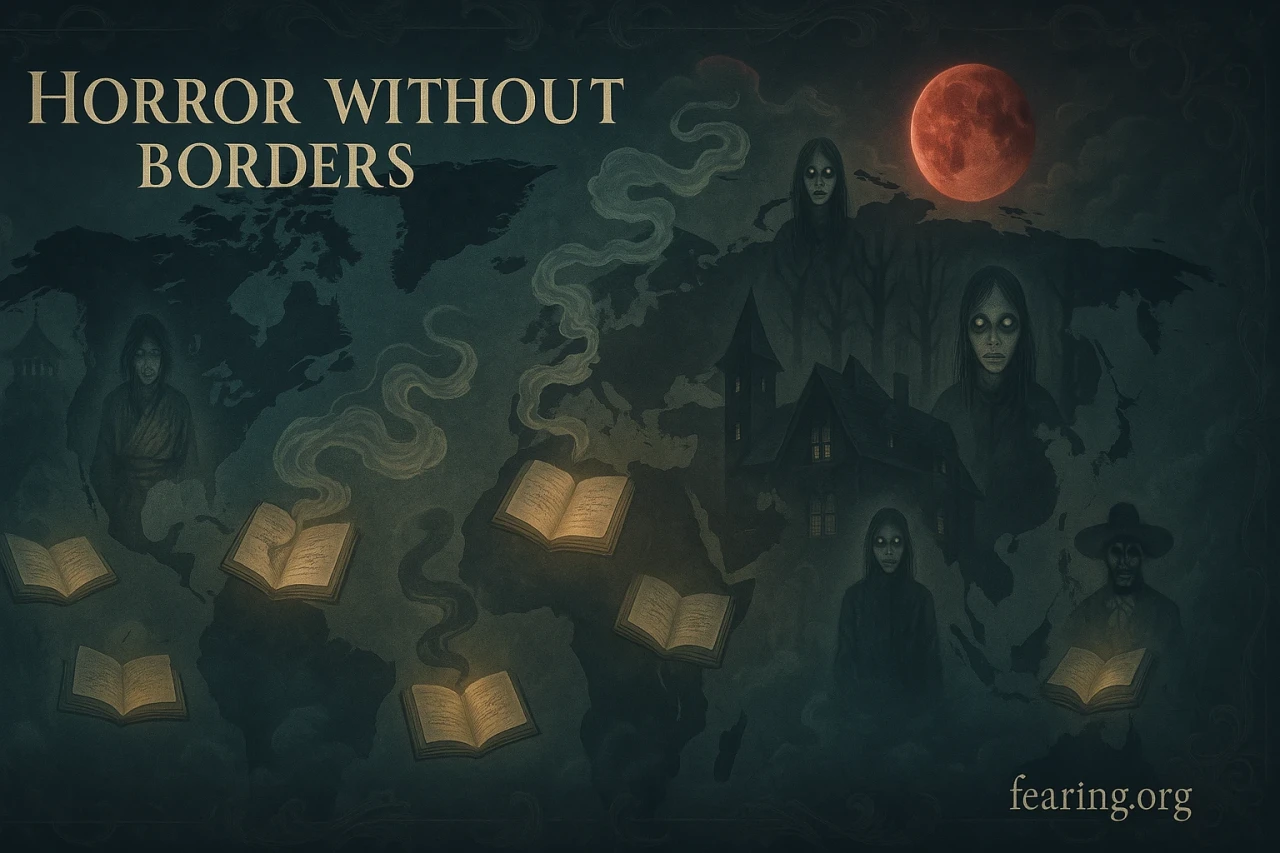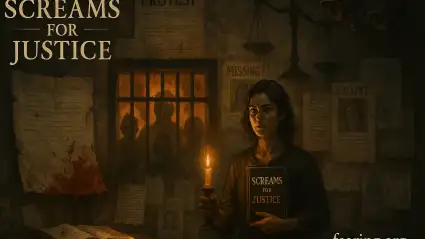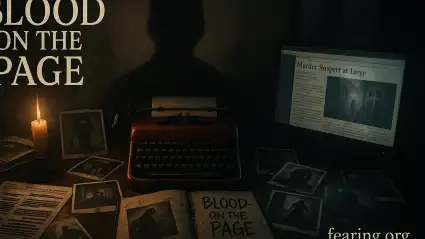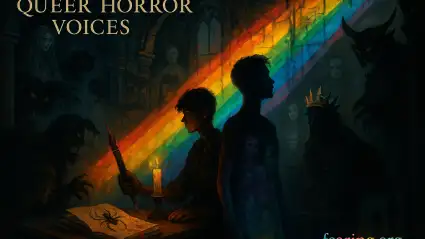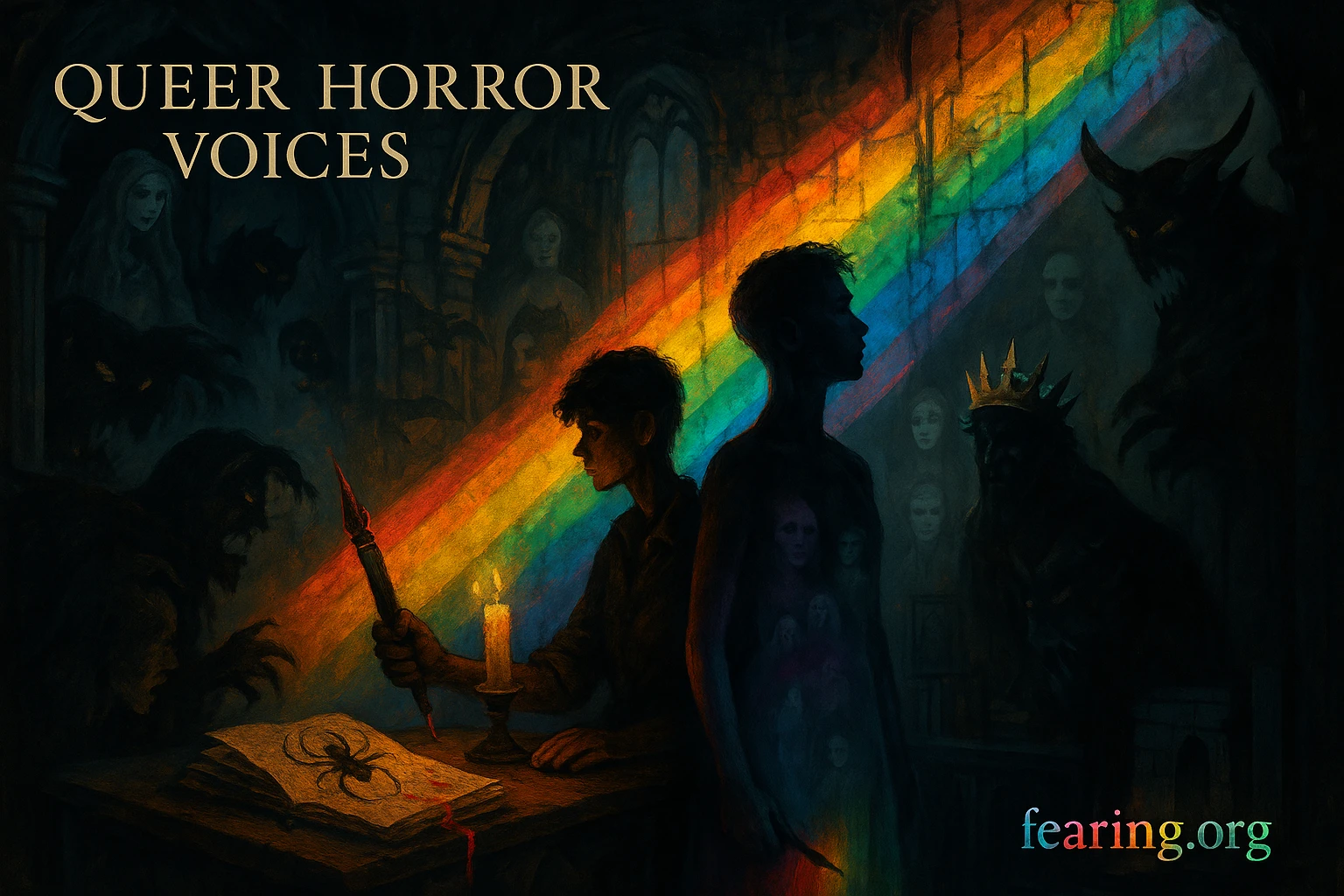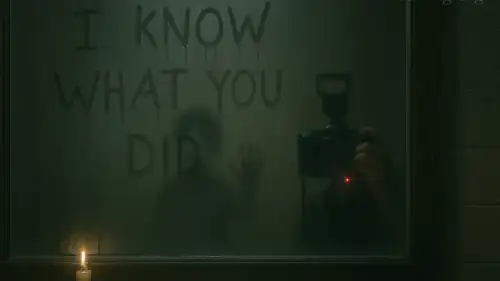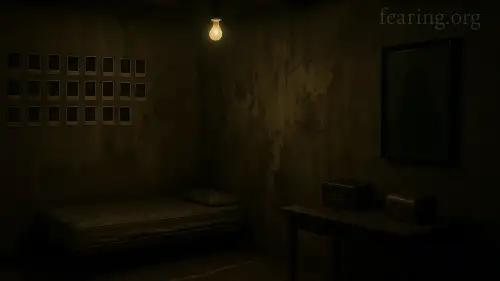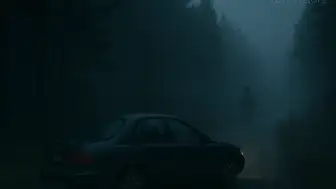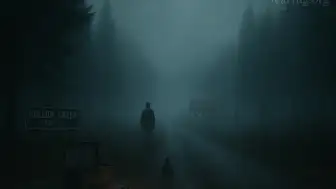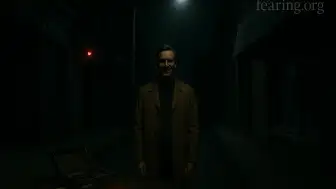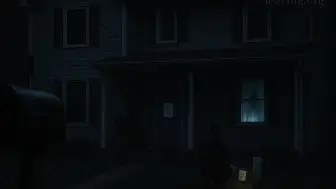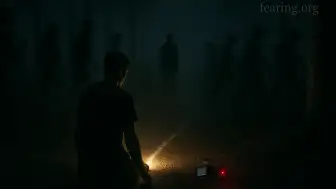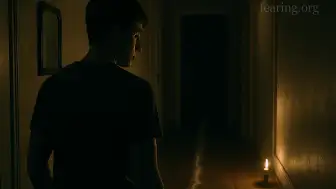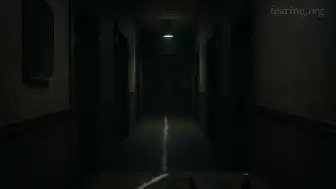Horror knows no boundaries. It creeps through alleyways in Lagos, whispers across icy forests in Siberia, dances in the flicker of South American candles, and coils beneath cracked pavement in Tokyo. While Western horror literature has long dominated the global stage, a powerful and essential shift is unfolding—international horror voices are rising, and they are bringing fresh terror, ancient myths, and unheard screams to the page.
"Terror isn’t owned by any one language. It speaks in rituals, ruins, and silence."
In this article, we celebrate the global surge of horror fiction—examining authors, regional styles, cultural monsters, and what happens when fear travels across borders and languages.
🌏 Why International Horror Matters
International horror provides:
New mythologies and folklore-based fears
Cultural critique rooted in real-world oppression and trauma
Narrative structures that challenge Western tropes
Voices from colonized, post-war, or politically unstable regions
It doesn’t just diversify horror—it redefines it.
"The world isn’t getting darker. We’re just hearing new stories from the shadows."
📚 Notable International Horror Authors and Their Works
Sayaka Murata (Japan)
Earthlings: body horror meets childhood trauma and alienation
Blends psychological unease with speculative dystopia
Silvia Moreno-Garcia (Mexico/Canada)
Mexican Gothic: class, colonialism, and madness in a decaying mansion
Reclaims gothic horror with indigenous roots and feminist rage
Tananarive Due (USA, African-American horror with diasporic depth)
The Good House: Haitian ancestry, grief, and inherited curses
Han Kang (South Korea)
The Vegetarian: not traditional horror, but chilling in its existential dread
Explores body autonomy and societal pressure through surreal horror
Hassan Blasim (Iraq/Finland)
The Corpse Exhibition: war-torn surrealism, body horror, political allegory
Reflects Middle Eastern trauma through brutal horror metaphors
Ahmed Saadawi (Iraq)
Frankenstein in Baghdad: magical realism meets post-invasion chaos
Reinterprets Mary Shelley through the lens of modern warfare
Usman T. Malik (Pakistan)
The Pauper Prince and the Eucalyptus Jinn: mythology, memory, and longing
❝Global horror doesn’t try to universalize fear. It reminds us fear is already universal.❞
🌍 Regional Horror Styles and Themes
East Asia (Japan, Korea, China):
Ghosts tied to emotional trauma (Yūrei, Hanako-san)
Technology-horror hybrids (e.g. Ringu)
Themes of social pressure, isolation, and repressed rage
Latin America:
Syncretic horror blending Catholicism, folk magic, and post-colonial anger
La Llorona, El Silbón, and jungle-based hauntings
Middle East and North Africa (MENA):
Horror shaped by war, religion, and suppressed identities
Djinn stories, haunted ruins, cursed families
Sub-Saharan Africa:
Urban horror meets ancestral traditions
Spirits, zombies, and post-colonial haunting
Eastern Europe:
Bleak psychological horror and folklore creatures like the Baba Yaga
Post-communist existential dread
🎭 How Global Horror Challenges Western Tropes
Western horror often follows patterns:
The haunted house
The final girl
The ghost that wants revenge
Global horror asks:
What if the house isn’t haunted—the land is?
What if there’s no final girl—only generational pain?
What if the ghost isn’t evil—but ignored?
These narratives reject tidy endings and moral binaries. They leave readers with discomfort, complexity, and unanswerable questions.
🕯️ "The most terrifying stories aren’t about death—they’re about remembering."
🔥 Rising Themes in Contemporary Global Horror
Colonial residue: haunted ruins, language loss, cursed bloodlines
Gender and sexual repression: horror as metaphor for queer erasure or cultural shame
Climate horror: disappearing rivers, drought ghosts, melting villages
Diaspora identity: ghosts that follow immigrants, trauma that travels
🧳 Translation, Accessibility, and Global Readership
While international horror is thriving, access remains a challenge:
Few titles are translated into English
Western publishers rarely prioritize global horror voices
Indie presses and online magazines are bridging the gap
Notable publishers and outlets:
Strange Horizons
Apex Magazine
Small Beer Press
Words Without Borders
💬 "Translating horror isn’t just about words—it’s about carrying unease across borders."
🕸️ Folklore vs. Folktale: What Horror Borrows from Culture
Many international horror stories pull from indigenous folklore:
West African asanbosam
Chinese hungry ghosts
Caribbean duppies
But they are often modernized:
Ghosts text
Spirits haunt suburbs
Ancient curses ride in Uber cars
This blend of old and new creates a rich, hybrid horror that feels both timeless and disturbingly current.
🧠 The Emotional Core of Global Horror
At its heart, international horror isn’t just scary—it’s emotionally revealing:
Grief that rots into madness
Shame passed down like an heirloom
Silence so loud it drives characters insane
These stories speak to readers who’ve never seen themselves in horror before—and for the first time, they’re not just background victims.
🔴 "In global horror, the scream doesn’t just echo—it translates."
Global horror is not a trend—it’s a reckoning. As new voices rise, so do new definitions of fear, trauma, justice, and survival. In a world increasingly connected by dread, international horror writers are saying something chilling and powerful:
“Your fear is not the only fear. But it’s part of something bigger.”
From Japanese schoolgirl ghosts to Nigerian techno-spirits, from Iraqi Frankenstein monsters to Brazilian jungle curses, horror without borders is here. And it is whispering.
“Every culture buries something. Horror is how we dig it back up.”

